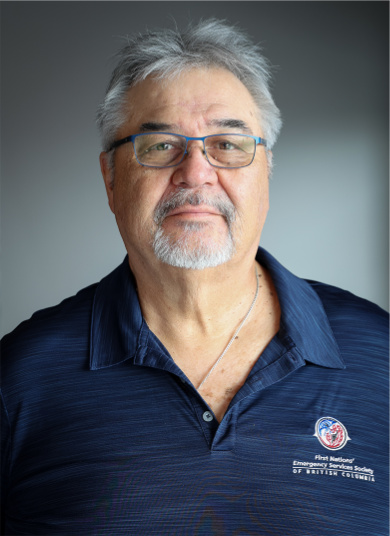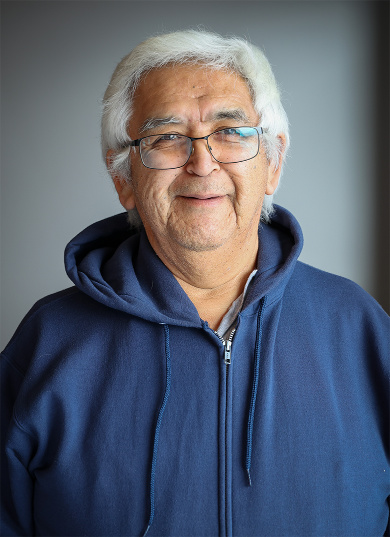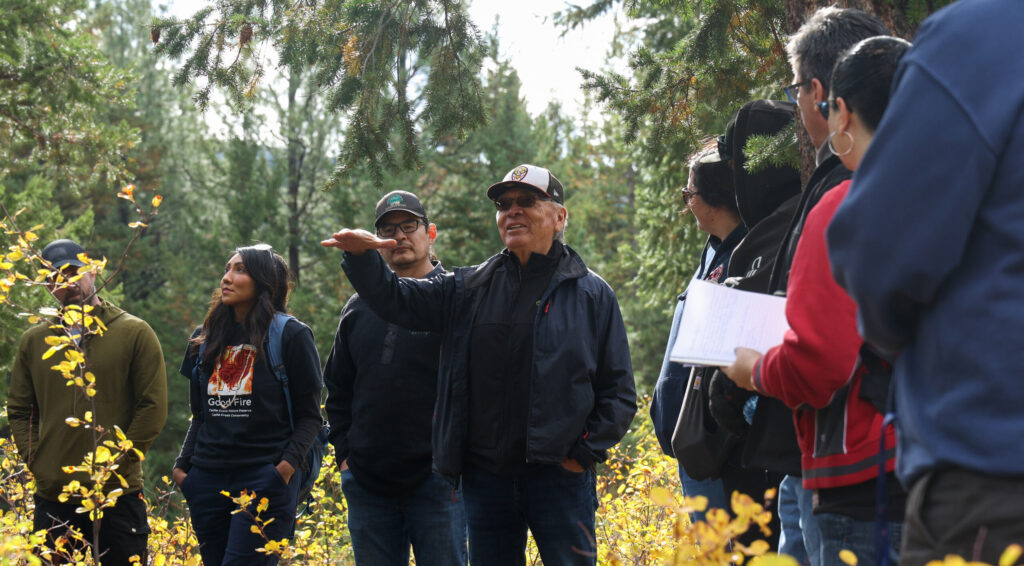
Photo credit: Richard Olak
After a record-breaking wildfire season in British Columbia, it may be shocking to know that not all fire is bad. In fact, Indigenous peoples from around the world have been using “Good Fire” for tens of thousands of years to prevent “Bad Fires” and to promote healthy populations of flora and fauna.
But what exactly is Good Fire? In late September, a group of knowledgeable and diverse people from around the world met in Merritt, BC to explain what Good Fire looks like and how to monitor its effectiveness. The First Nations Emergency Services Society (FNESS) organized this three-day gathering with the intent of creating a safe space where Indigenous and non-Indigenous burners and scientists could share and learn ways to define and measure what a good cultural fire looks like.
“We have people of the land here, Indigenous People, and they know,” said Dave Pascal, FNESS Cultural and Prescribed Fire Supervisor, “They have stories about how we can use old practices to make the earth healthy again. Because when you have healthy ecosystems, you’ll have healthy people.”
Indigenous people from Canada, the United States, and Australia all shared first-hand examples as to why Good Fire is critical to their culture, their people, and our planet. They also shared ancient teachings that help them know when it’s a good time to burn, how to burn, and how to measure the benefits of a burn. However, many of these teachings are sacred and won’t be shared here.
What can be shared are the barriers participants said they face when trying to practice cultural burning. Government regulations and policies make it, at times, nearly impossible for Indigenous people to use Good Fire to take care of their land and people. Finding community members who are trained to do cultural burns is also challenging because the training and work often relies on volunteers and it’s not possible for many people to dedicate time to learning and volunteering while taking care of their family. Sometimes, grant funding is available to help pay community members for their commitment, but grant writing is a skill and unavailable to many small Indigenous communities.
Education isn’t only needed in the community itself; the need also reaches out to neighbouring non-Indigenous communities. A concern was expressed at the gathering that many non-Indigenous people don’t understand why cultural fire is important. There are many benefits to Good Fire, but there are people who perceive all burning to be bad, damaging to the environment, and harmful to animals. However, over the past decade, Aboriginal fire-prevention programs (cultural burning) in Australia have cut destructive wildfires in half and reduced carbon emissions by over 40%.¹ Cultural fire practices and techniques also help keep the fire cooler, lower, and slower than wildfires and provide a safe path for animals to escape the flames. In 2021, Australia’s University of the Sunshine Coast and Quandamooka land custodians conducted a study on koalas during cultural burns that showed no increase in stress levels and an increase in koala population.²
Indigenous people know, and have known, for a long time that fire fights fire. It’s taken devastating destruction by wildfires for the world to start listening to us, but we still need to fight for our right to practice our traditions. Too much Indigenous knowledge and tradition has been lost in colonization and we need to keep fighting for our people and our land “My hope for the future is that every nation that wants to burn, will be burning and measuring its effectiveness,” said Dave Pascal, “and also teaching the next generation.”
¹ Fuller, T. (2020, Jan 16). Reducing Fire, and Cutting Carbon Emissions, the Aboriginal Way. Retrieved from The New York Times.
² UniSC. (2023, February 27). Cultural burns can help protect koalas: new research. Retrieved from University of the Sunshine Coast.
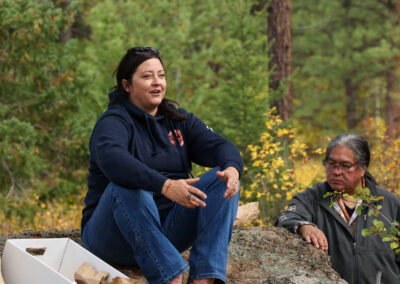
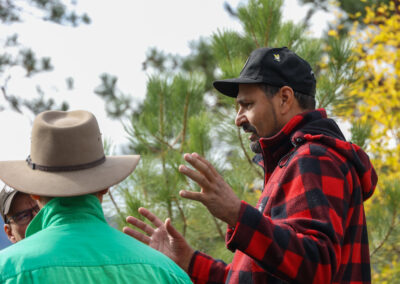
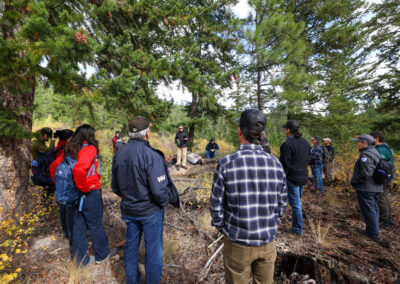
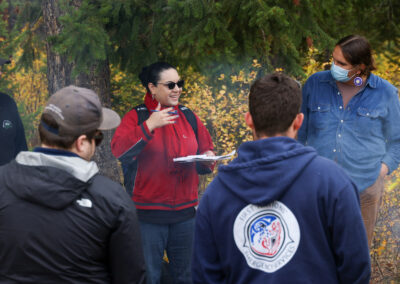
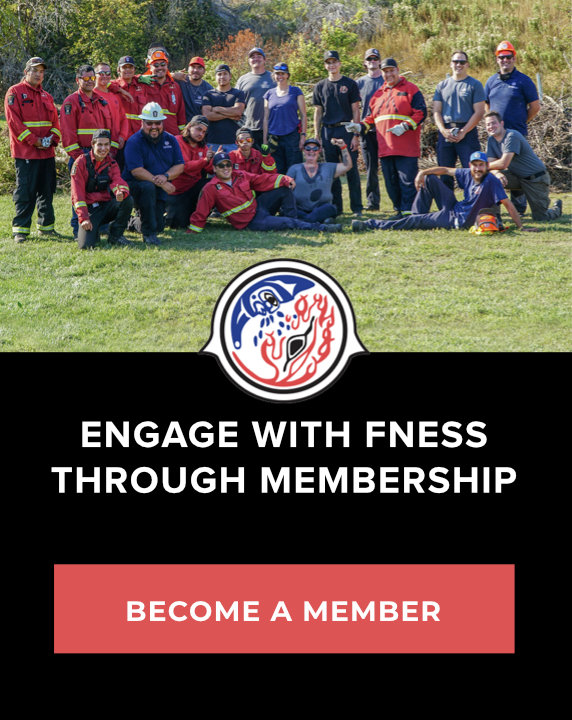

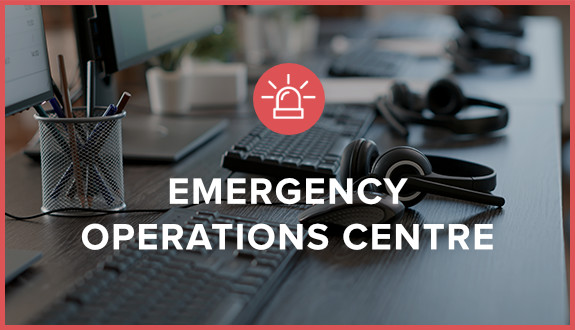
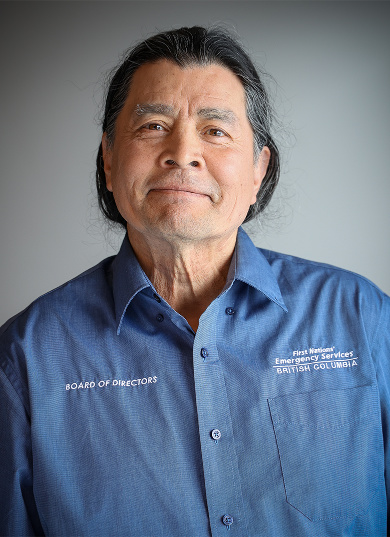


![24 Jonas Joe (5P63)[67] copy profile photo of Jonas Joe](https://www.fness.bc.ca/wp-content/uploads/2024/11/24-Jonas-Joe-5P6367-copy-scaled.jpeg)
